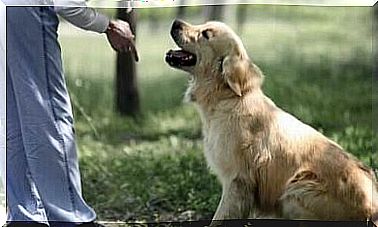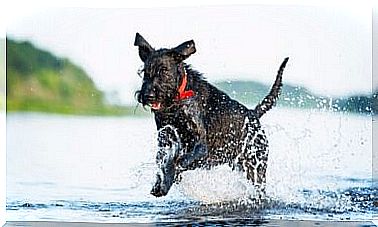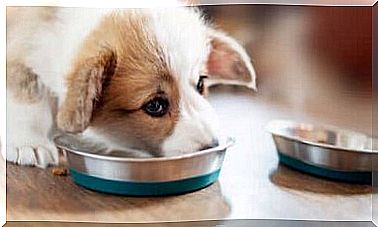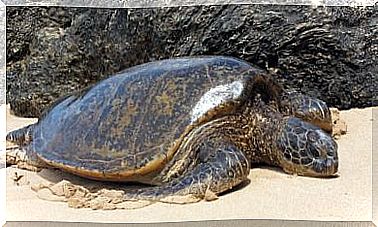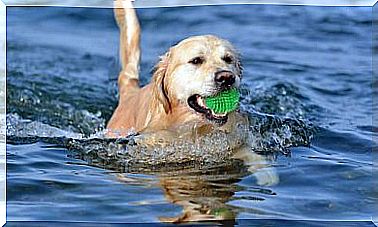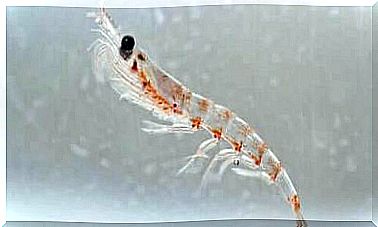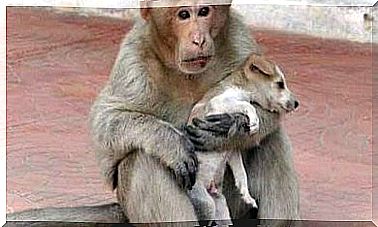Ponytail: Proper Care And Tips
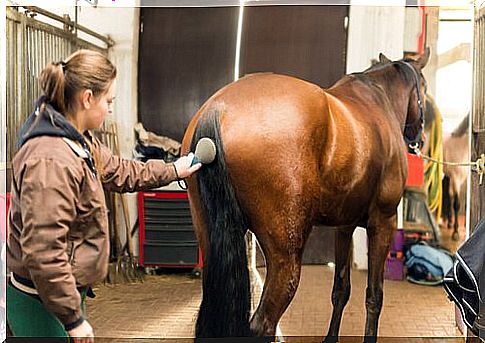
The ponytail reveals a lot about the animal’s state of mind and is very meaningful. Proper care is not only a question of beauty, it is also fundamental for the horse’s health! Find out more in our article today.
Horses express various emotions with their bodies
Horses are very sensitive animals that have excellent expressiveness. They communicate constantly with their own species and with their environment. To do this, they use facial expressions, movements of the ears, tail and head, sounds, etc.
They can absorb environmental stimuli through eyes, smell, hearing or the sense of touch. Horses show their emotions through their entire body. The intense sensitivity of horses enables them to easily perceive changes in the environment. As a result, they are often fearful and shy, even if they love company.
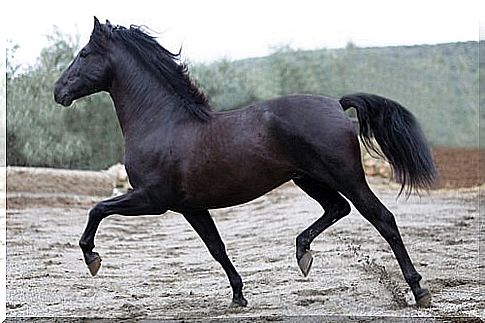
The ponytail and its tasks
In vertebrates, the tail is an extension of the spine, which differs in mobility and length depending on the species. Cows, horses and other four-legged friends do not have tails that are too long, which in particular have a protective function. This allows the animals to drive away insects or other pests. This also protects the genital area from parasites.
The ponytail has another very important function: it is used to communicate with the environment. Animals express their state of mind with their tails and use it to convey various information to others.
When they’re happy or excited, horses raise their tails to show it off. However, if they feel scared, hide the ponytail between their legs, much like dogs do.
Seborrhea: a common disease
In horses, this skin disease is mostly limited to the mane and tail area, but it usually occurs as a side effect of another disease. Very often it is an external or internal parasite infestation, a bacterial or fungal infection. However, it could also be a lack of zinc or other minerals.
In order to keep your horse healthy, it is essential to regularly rid the animal of parasites and to ensure proper hygiene.
A special shampoo with pyrethrin is recommended for the first symptoms . This should be used to wake the animal once a week for 3 to 4 weeks.
Ponytail: Tips for Proper Grooming
As already mentioned, caring for the tail is not just a question of beauty, but also of health. When caring for this part of the horse’s body, pay attention to the following aspects so that the tail remains beautiful and healthy.
1. The right length
If the tail is too long, it can be detrimental to the animal. The length of the ponytail is important for hygiene and health.
The longer the tail and mane, the more care is required to guarantee the animal’s hygiene and cleanliness. With a longer tail, it is also more difficult to protect the animal from parasites or other pathogens.
2. Regular brushing
The whole body of the horse needs regular brushing to keep the coat nice and healthy. This can also remove dead hair, which improves the condition of the animal.
It is advisable to completely groom the horse 3 to 4 times a week with a special brush . In particular, the long hair on the mane and tail should be taken into account.
3. Proper bathroom and hygiene
Horses love to refresh themselves naturally and to be clean. It is important to wash the animal regularly to keep it healthy. Depending on the climate, you should wash your horse thoroughly 3 to 4 times a month.
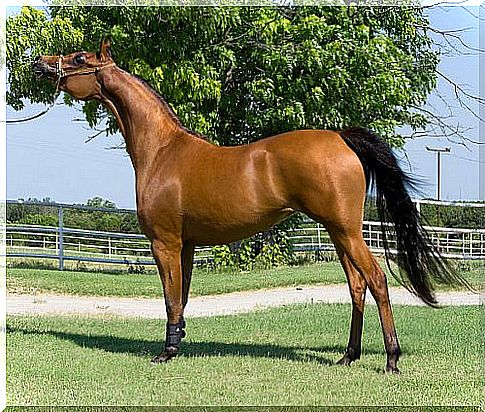
There are special care products for horse hair to beautify it and to prevent the long mane or tail hair from becoming matted.
4. Hairstyles
You can simply braid your hair or opt for more complicated hairstyles. Beyond the beauty, this is a great way to hang out with your pet and show them your love for them.
The ponytail fulfills important functions for the horse’s health and should therefore be cared for accordingly. It is your responsibility to do what is best for your animal!
